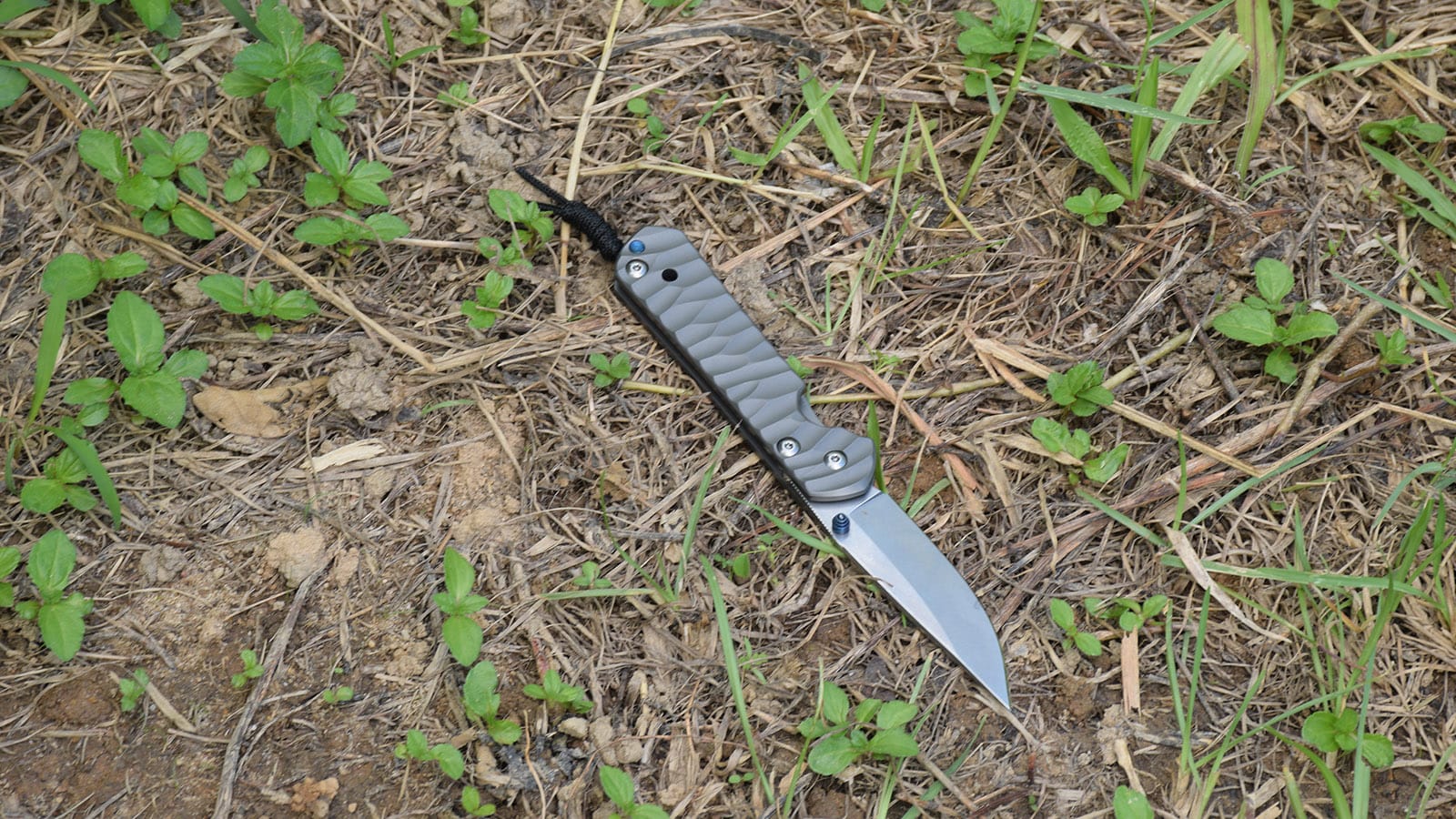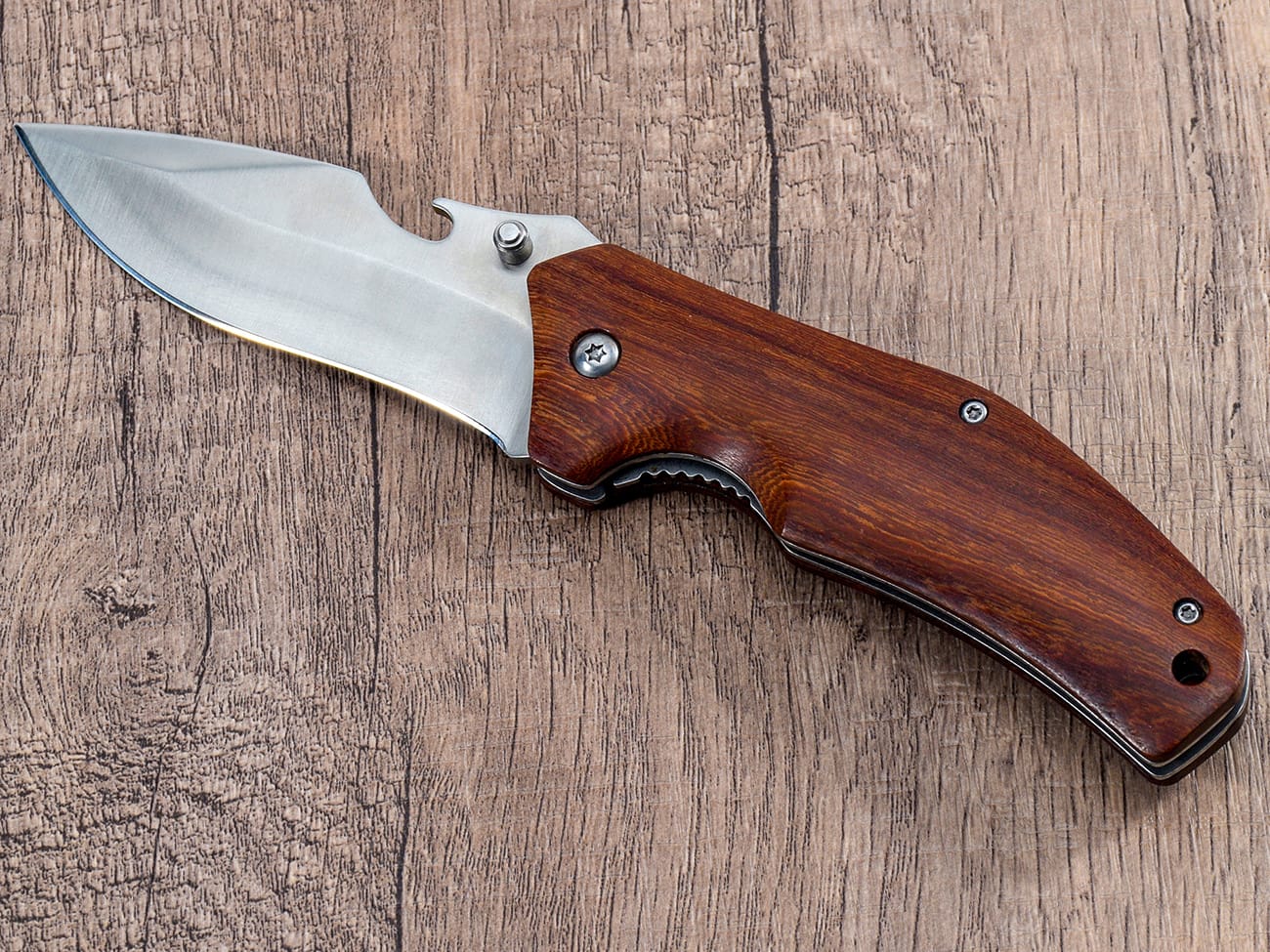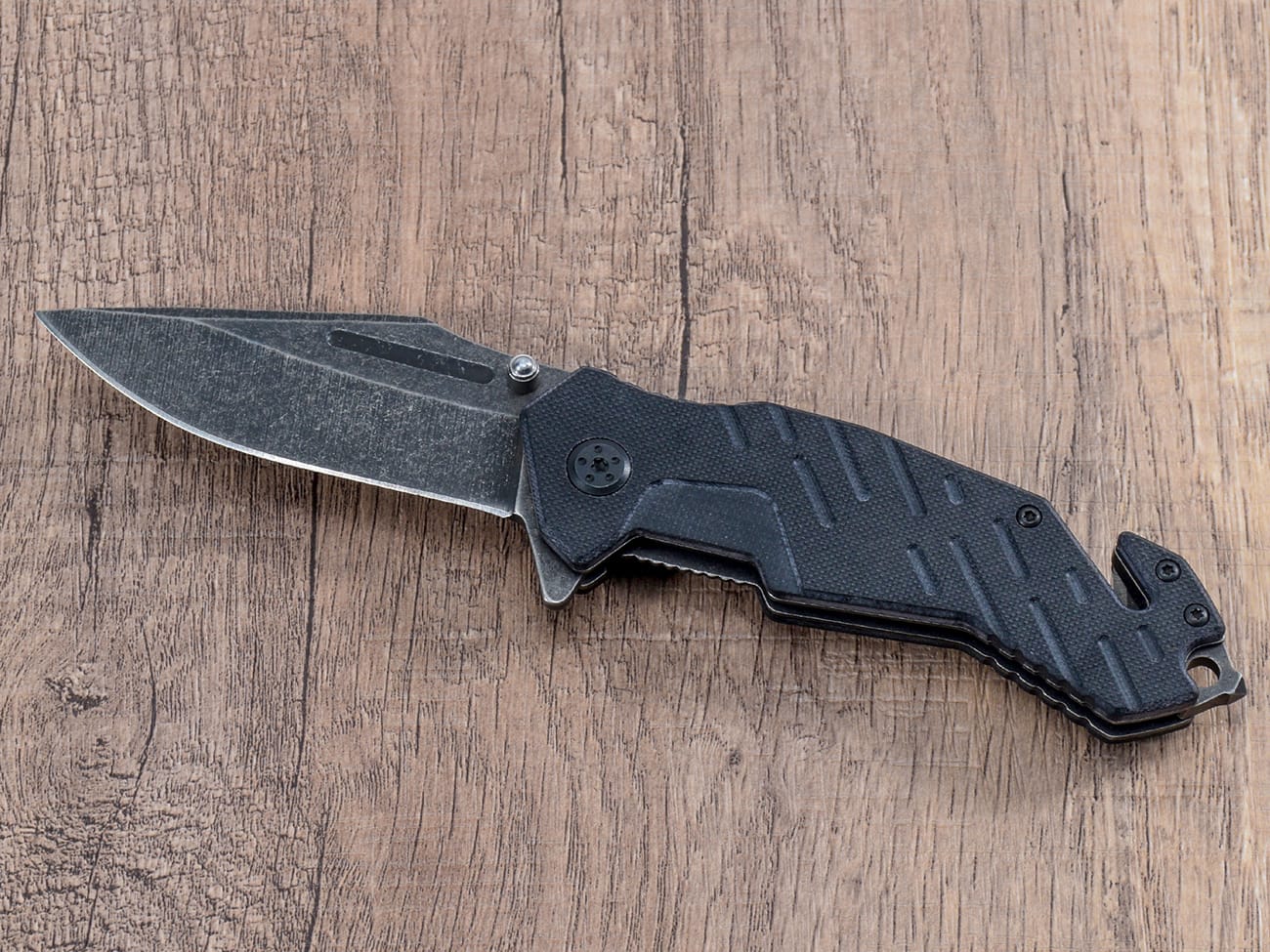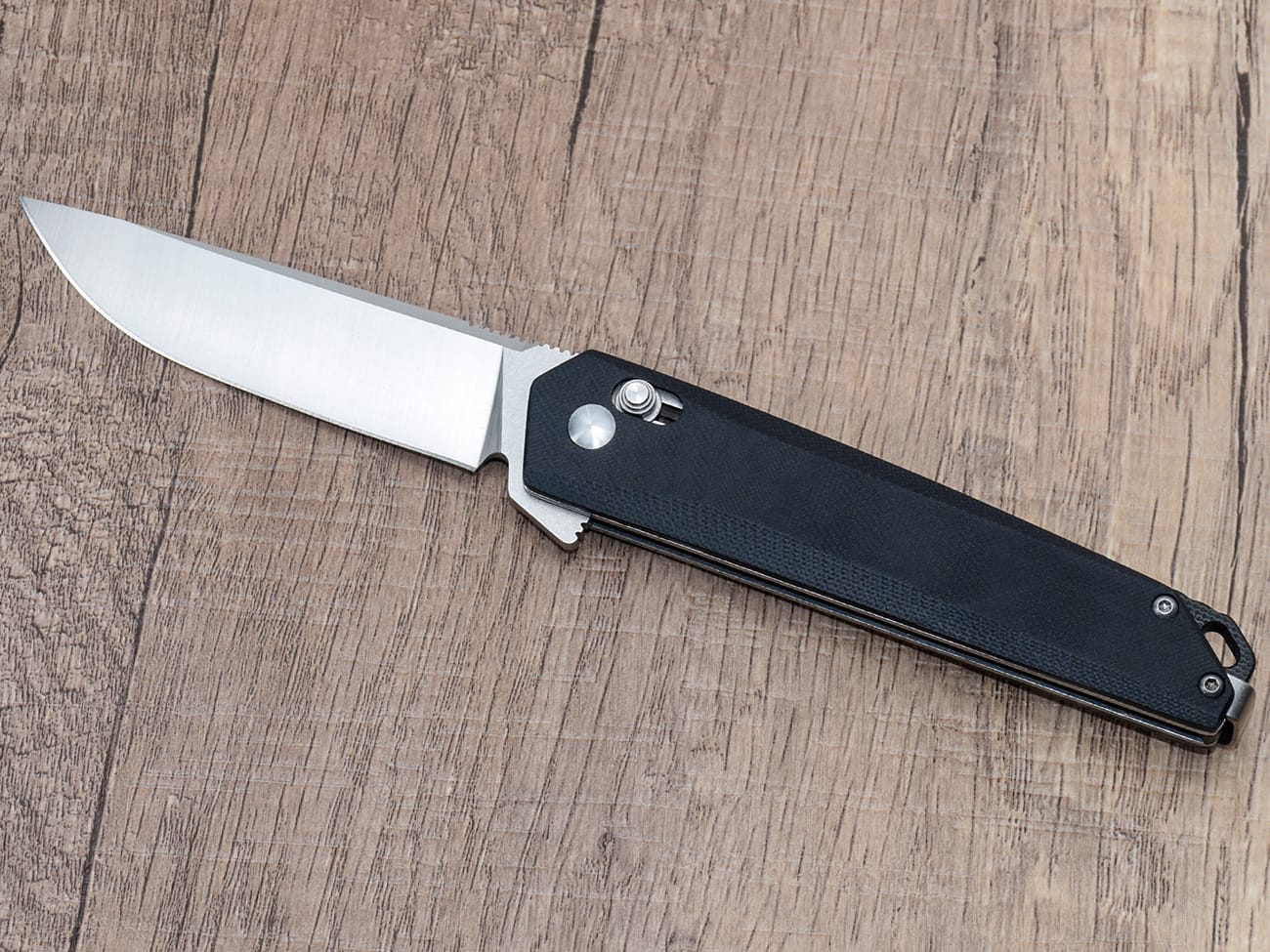Are you a knife enthusiast looking for the perfect handle material that can withstand the test of time? Look no further! In this comprehensive guide, we’ll explore the unparalleled durability of metal knife handles and how they stack up against other popular materials. Whether you’re a seasoned collector or a first-time buyer, this article will equip you with the knowledge to make an informed decision on your next pocket knife purchase.
Why Metal Handles Stand Out in the Knife World
- What makes metal handles so durable?
- How do metal handles compare to synthetic materials?
- Are there different types of metal used for knife handles?
- What are the advantages of titanium handles?
- How does stainless steel perform as a handle material?
- Can metal handles withstand extreme conditions?
- Do metal handles affect the overall weight of the knife?
- Are there any drawbacks to metal knife handles?
- How do metal handles impact the aesthetics of a knife?
- What maintenance is required for metal knife handles?
The Strength Behind Metal Handles
Metal knife handles are renowned for their exceptional durability, making them a top choice for many knife enthusiasts. The inherent strength of materials like stainless steel, titanium, and various alloys provides a level of robustness that’s hard to match. Unlike some other handle materials, metals can withstand significant impact, resist wear and tear, and maintain their structural integrity even under extreme conditions.Titanium handles are particularly noteworthy for their strength-to-weight ratio. This material offers incredible durability while keeping the overall weight of the knife manageable. Titanium’s natural corrosion resistance also adds to its longevity, making it an excellent choice for outdoor enthusiasts and those who frequently expose their knives to harsh environments.
Metal vs. Synthetic: A Durability Showdown
When comparing metal handles to synthetic materials like G-10 or Micarta, each has its strengths. Synthetic materials offer excellent grip and are often lighter than metal, but they may not match the sheer durability of a well-crafted metal handle. Metal handles can withstand higher temperatures, resist chemical exposure, and generally outlast their synthetic counterparts in terms of overall lifespan.However, it’s worth noting that high-quality synthetic materials like G-10 have come a long way in terms of durability. The G-10 handle is known for its strength and resistance to moisture, making it a formidable competitor to metal in certain applications.
The Variety of Metals in Knife Handles
Not all metal handles are created equal. The knife industry utilizes a range of metals, each with its unique properties:
- Stainless Steel: Known for its corrosion resistance and affordability
- Titanium: Prized for its strength-to-weight ratio and durability
- Aluminum: Lightweight and easy to anodize for customization
- Copper: Offers antimicrobial properties and develops a unique patina over time
Each metal brings something different to the table, allowing knife makers to create handles that cater to specific needs and preferences.
Titanium: The Lightweight Champion
Titanium deserves special mention when discussing durable knife handles. Its exceptional strength-to-weight ratio makes it a favorite among knife enthusiasts who want a robust handle without added bulk. Titanium handles are:
- Extremely corrosion-resistant
- Able to withstand high temperatures
- Naturally hypoallergenic
- Easy to anodize for customization
These properties make titanium an excellent choice for both everyday carry (EDC) knives and heavy-duty outdoor tools.
Stainless Steel: The Reliable Workhorse
Stainless steel handles have been a staple in the knife industry for decades, and for good reason. They offer:
- Excellent durability and strength
- Good corrosion resistance
- Affordability compared to some other metals
- A classic, timeless look
While heavier than some alternatives, stainless steel remains a popular choice for those who prioritize durability and don’t mind a bit of extra weight.
Weathering the Storm: Metal Handles in Extreme Conditions
One of the most significant advantages of metal knife handles is their ability to withstand extreme conditions. Whether you’re facing scorching heat, freezing cold, or corrosive environments, metal handles can take the punishment. This makes them ideal for:
- Military and tactical applications
- Outdoor survival situations
- Marine environments where corrosion is a concern
- Industrial uses where knives may be exposed to chemicals or high temperatures
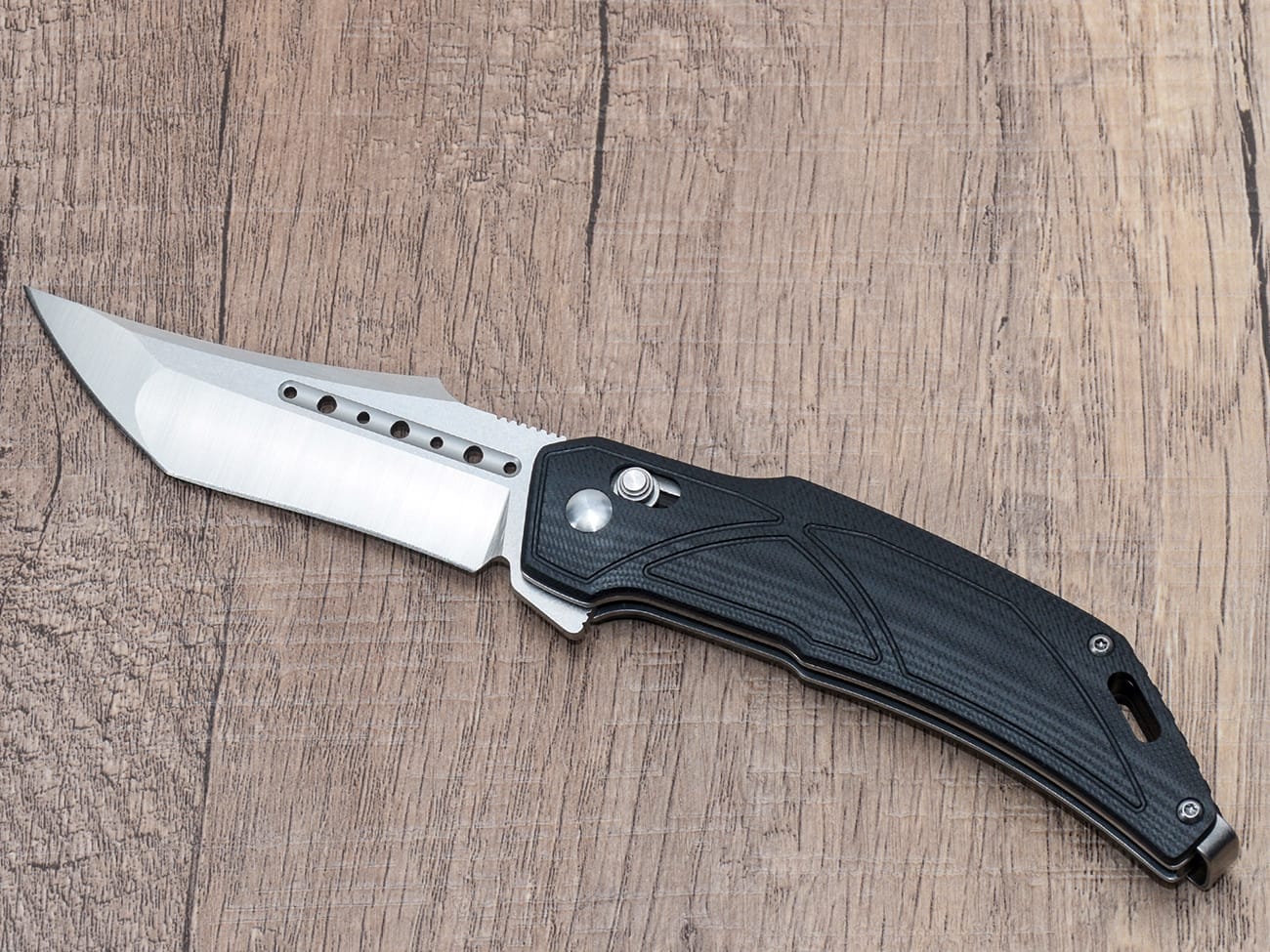
A custom D2 steel folding knife with G10 handle and axis lock, showcasing the durability of metal components
The Weight Factor: Balancing Durability and Portability
While metal handles offer unparalleled durability, they do come with a trade-off in terms of weight. Compared to synthetic or natural materials, metal handles tend to be heavier. This can affect the overall balance and feel of the knife, especially for smaller pocket knives or EDC options.However, advancements in metallurgy and design have led to the creation of lightweight metal handles that don’t compromise on strength. For example, skeletonized metal handles or those with strategic cutouts can significantly reduce weight while maintaining structural integrity.
Potential Drawbacks of Metal Knife Handles
Despite their many advantages, metal knife handles aren’t without their drawbacks:
- Conductivity: Metal handles can become uncomfortable in extreme temperatures
- Slipperiness: Some metal handles may offer less grip than textured synthetic materials
- Cost: High-quality metal handles, especially titanium, can be more expensive
- Maintenance: Some metals may require more care to prevent corrosion or maintain appearance
It’s essential to consider these factors when choosing a knife handle material that best suits your needs.
The Aesthetic Appeal of Metal Handles
Beyond durability, metal handles offer a unique aesthetic that many knife enthusiasts appreciate. The sleek, modern look of a well-crafted metal handle can elevate the overall appearance of a knife. Additionally, metals like titanium can be anodized to create a variety of colors and patterns, allowing for personalization and artistic expression.Custom knives often feature intricately machined metal handles, showcasing the material’s versatility in both form and function. From simple, utilitarian designs to elaborate, collector-grade pieces, metal handles provide a canvas for knife makers to express their creativity.
Maintaining Your Metal Knife Handle
While metal handles are generally low-maintenance, proper care can ensure they remain in top condition for years to come:
- Regular cleaning with mild soap and water
- Drying thoroughly to prevent water spots or corrosion
- Occasional application of mineral oil to prevent rust (for non-stainless steels)
- Avoiding exposure to harsh chemicals or prolonged contact with corrosive substances
With proper care, a metal knife handle can last a lifetime, often outlasting the blade itself.
Key Takeaways: Why Metal Handles Reign Supreme
- Unmatched durability and longevity
- Ability to withstand extreme conditions
- Variety of metals available to suit different needs
- Aesthetic appeal and customization options
- Low maintenance requirements
- Potential for lightweight designs without compromising strength
In conclusion, while every handle material has its place in the knife world, metal handles stand out for their exceptional durability. Whether you’re looking for a reliable everyday carry knife or a robust tool for outdoor adventures, a well-crafted metal handle will serve you well for years to come. Consider your specific needs, preferences, and intended use when choosing your next knife, and don’t overlook the enduring strength of metal handles.

